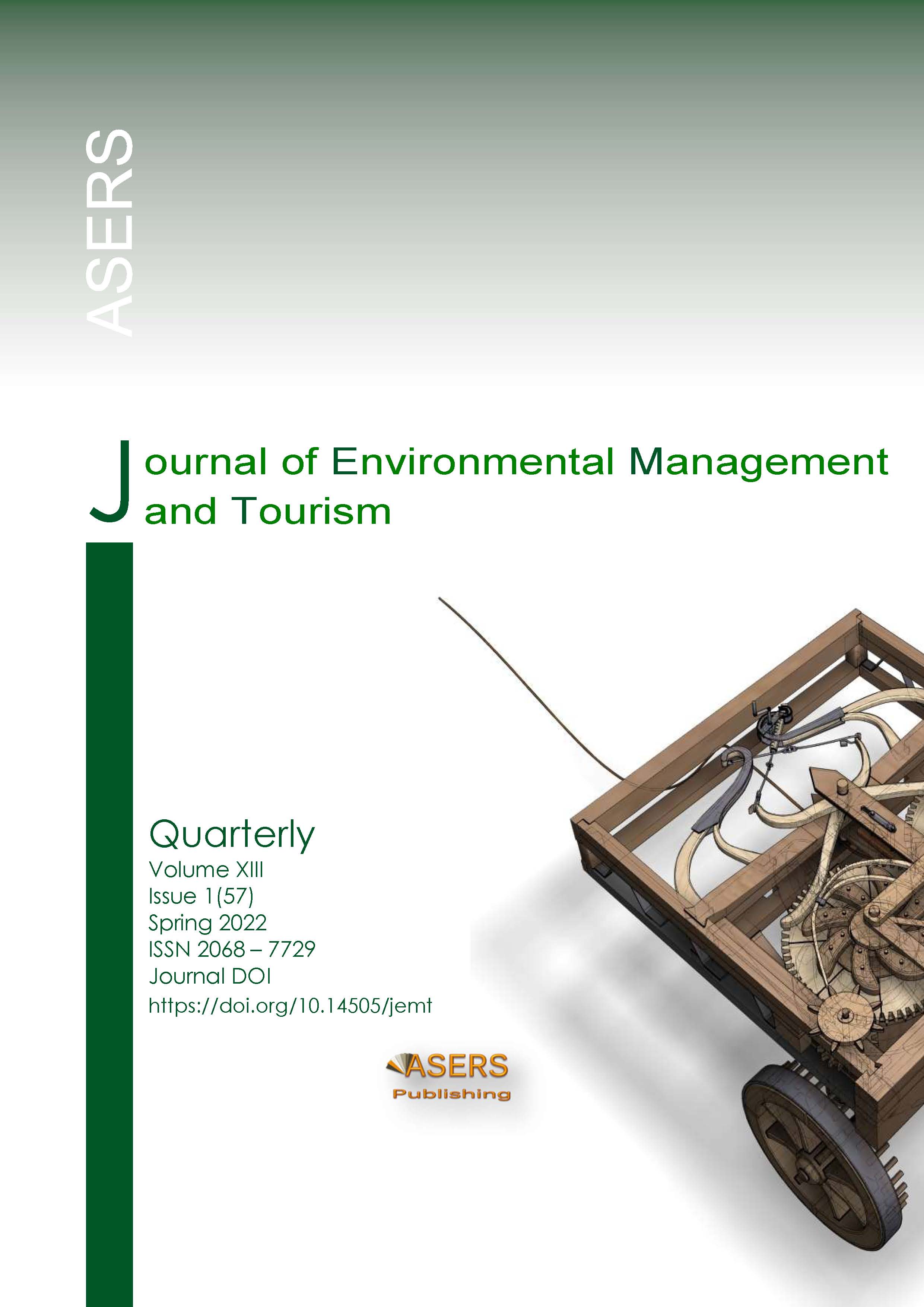Interrelationships of Air Canal Adaptation in the Leaves of Water Lilies and Water Depth of Lebak Swampland in Kalimantan Selatan
Interrelationships of Air Canal Adaptation in the Leaves of Water Lilies and Water Depth of Lebak Swampland in Kalimantan Selatan
Author(s): Bakti Nur Ismuhajaroh, Didik Indradewa, Budiastuti Kurniasih, Sri Nuryani Hidayah UtamiSubject(s): Economy, Energy and Environmental Studies, Environmental interactions
Published by: ASERS Publishing
Keywords: air canal; laminae; lebak swampland; midrib; Nymphaea pubescens; petiole;
Summary/Abstract: Nymphaea pubescens grows in Lebak swampland in its different levels of water depth. This aquatic plant has an absorption system that moves gases through the laminae and has a convective flow system through air canals in midrib and petiole. This study aims to determine the adaptive structure of air canal in the water lilies (Nymphaea pubescens) laminae and how its structure varies along with water-depth fluctuations. The research was conducted by observing plants in 4 (four) different zones of water depth: (1) water depth between 28-95 cm (zone I), (2) 28-99 cm (zone II), (3) 54-112 cm (zone III), and (4) 55-124 cm (zone IV). Every lamina area, lamina thickness, and cross-sectional area (XS) of petiole, a number and area of air canals in midrib and petiole were collected for analysis. The results showed that the cross-sectional area of the laminae N. pubescens increased along with water depth, but the correlation with laminae thickness decreased. The midrib air canals are symmetrically divided and there was one main canal pair, an additional three pairs of canals, and a pair of smaller canals. The cross-sectional area of the midrib and air canal increased along with water depth. The calculation of the area of four pairs of air canals is 75%. Air canals make up 34% of midrib cross-sectional area. The midrib air canals produced one pair of air canals, an additional two pairs of canals and a pair of smaller canals. The calculation of the area of three pairs of airways is 93%. Air canals make up 31% of the cross-sectional area of the petiole. The length of the petiole, the volume of the petiole, and the volume of the air canal increased along with water depth, but the cross-sectional area of the petiole and the air canal were not related by water depth.
Journal: Journal of Environmental Management and Tourism (JEMT)
- Issue Year: XIII/2022
- Issue No: 1(57)
- Page Range: 197-210
- Page Count: 14
- Language: English
- Content File-PDF

